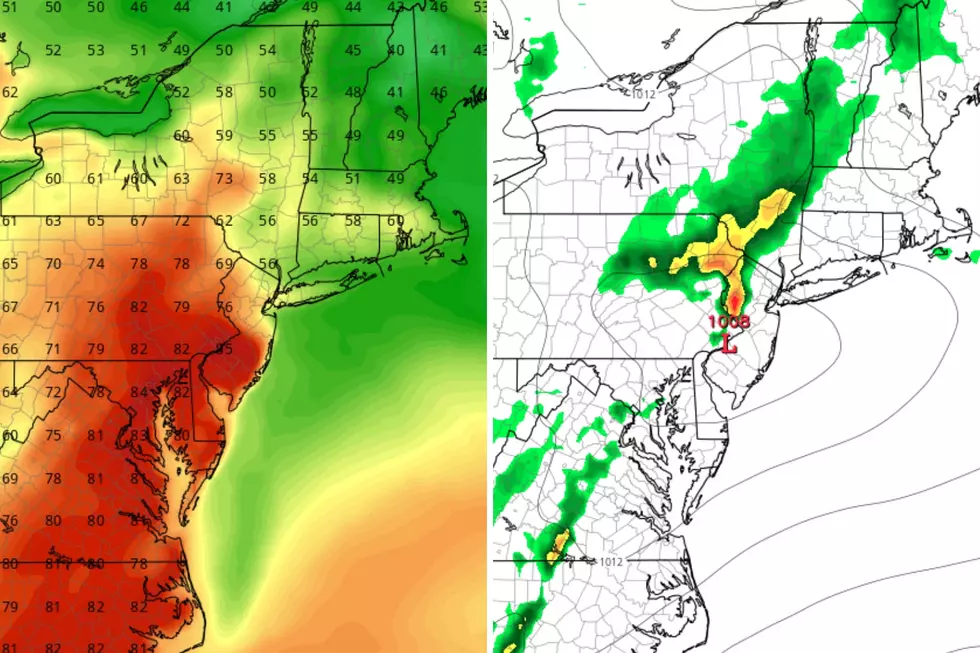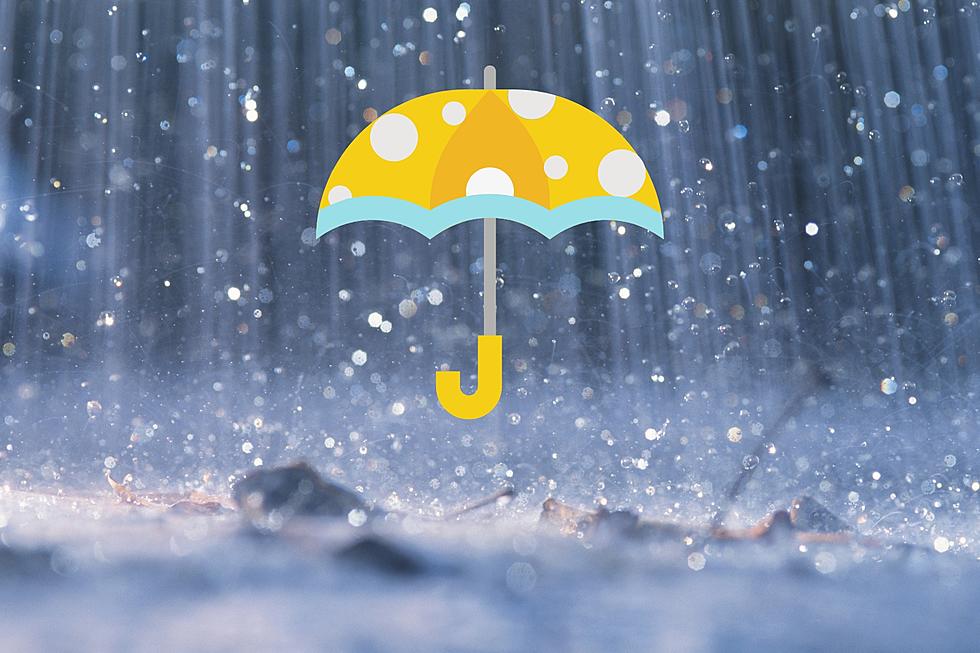
Rip current risk is high at the Jersey Shore this week
The surf will be rough at the Jersey Shore on Monday and for much of the week.
Meteorologist Alan Kasper says the new moon, a high pressure area to the north and persistent northeast winds have combined to create a high risk of rip currents with surf heights of 3-4 feet and dangerous pounding surf. An advisory from the National Weather Service describes the rip currents as "life threatening to anyone who enters the surf."
Heavy surf led to a ban on several beaches Sunday including Harvey Cedars and Island Beach State Park. Harvey Cedars banned swimming again on Monday according to the Beach Patrol's Facebook page. Kasper expects a medium-to-high risk of rip currents to remain for much of the week as Tropical Storm Cristobal pulls away from the east coast.
Swimmers should to listen to lifeguards and not swim at unguarded beaches.
Rip currents are defined by the National Weather Service as powerful, narrow channels of fast-moving water flowing away from the shore. Swimmers who get caught in a rip current should swim parallel to the shore and not swim back towards the beach.
Other tips for dealing with rip currents:
- Remain calm to conserve energy and think clearly.
- Never fight against the current.
- Think of it like a treadmill that cannot be turned off, which you need to step to the side of.
- Swim out of the current in a direction following the shoreline. When out of the current, swim at an angle - away from the current - towards shore.
- If you are unable to swim out of the rip current, float or calmly tread water. When out of the current, swim towards shore.
- If you are still unable to reach shore, draw attention to yourself by waving your arm and yelling for help.
MORE COVERAGE:
- Rip current risk high Monday; threat continues during the week / Newsmakers
- As tropical storm heads out to sea, N.J.'s summer will meet quiet end / Star-:Ledger
The Associated Press contributed to this report
More From New Jersey 101.5 FM









